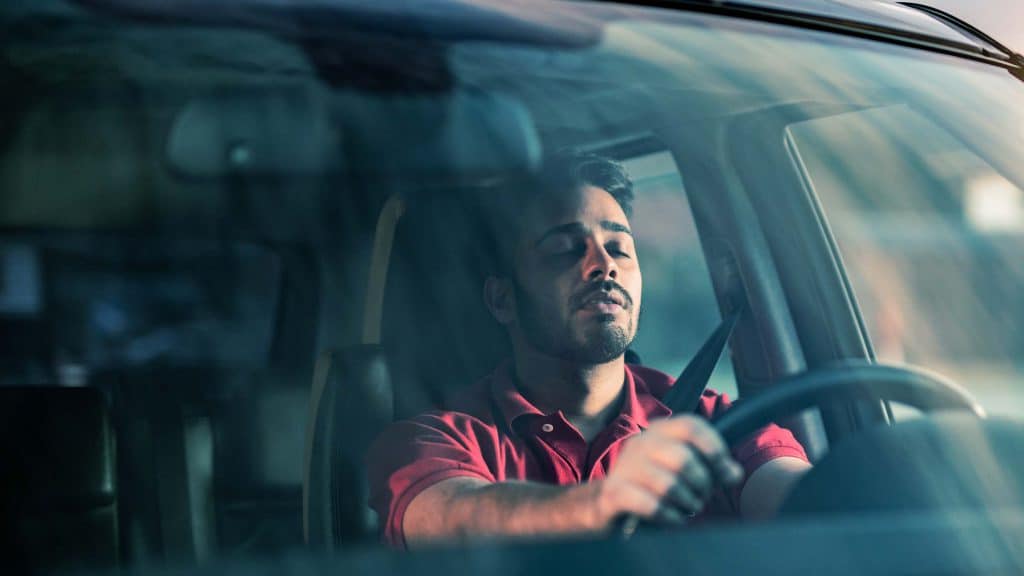
“Planning ahead such as having a designated driver when going to holiday parties is a good way to travel safely,” said Michelle Anderson, director of operations at The National Road Safety Foundation. “Passengers can also play a role in keeping everyone safe by speaking up if a driver is impaired, drowsy or driving recklessly. Speaking up can prevent a tragedy marring the holidays.”
In 2021, 13,384 fatalities in motor vehicle traffic crashes involved alcohol-impaired drivers. This represented 31% of all traffic fatalities in the United States for the year, and a 14.2% increase from the previous year. In December 2021 alone, 1,013 people died in alcohol-impaired-driving crashes, according to the National Highway Traffic Safety Administration (NHTSA). Christmas and New Year’s Eve were especially dangerous, with more drunk-driving fatalities than during any other holiday period.
Male drivers are almost four times more likely than female drivers to be impacted by drunk driving, and young drivers up to age 34 accounted for the highest percentage (27%) of alcohol-impaired drivers in fatal traffic crashes in December 2021.
The financial impact of impaired driving crashes is enormous – more than $44 billion every year in property damage, medical expenses and lost work time, according to NHTSA. If you’re caught drinking and driving, you can lose your license and even face jail time. A DUI can cost more than $10,000 in fines, attorney fees and higher insurance rates for years. On top of the financial cost, there’s the emotional impact of needlessly causing a death or serious injury to others.
Drugs, both legal or illegal, are another big factor in fatal crashes. Even in states where marijuana is legal, it is against the law to drive while impaired. Some prescription drugs can also cause impairment or drowsiness, so it is important to check labels and be aware of possible effects before driving.
The National Road Safety Foundation urges drivers to be alert to these signs of drowsiness while driving:
- Difficulty focusing, frequent blinking, rubbing eyes
- Daydreaming or not remembering the last few miles driven
- Head snaps, nodding and yawning
- Drifting out of your lane, tailgating or hitting rumble strips
If you experience any of these warning signs, pull over safely and take a break. Have a cup of coffee or a caffeinated snack or take a 20-minute nap. Allow 30 minutes for caffeine to enter your bloodstream. Some common “remedies” like blasting the radio or opening the car windows are not effective at preventing drowsiness while driving.
The National Road Safety Foundation has free resources on impaired and drowsy driving, including “Almost Home,” a compelling 18-minute video and a drowsiness self-assessment quiz. There is also a guide with tips to help passengers speak up when in a vehicle being driven dangerously. They can be downloaded at www.nrsf.org/resources
The National Road Safety Foundation, Inc., a 501 (c)(3) n